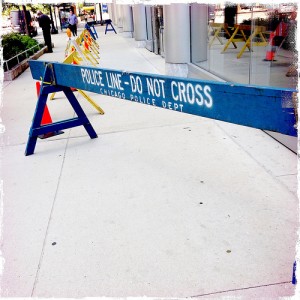Local governments often establish fixed buffer zones to eliminate congestion and to ensure public safety. Does the First Amendment require a significant change in current local practices?
Next Wednesday, January 15th, the Supreme Court will hear arguments in a case that could address that question. McCullen v. Coakley, No. 12-1168 concerns whether a Massachusetts law that bars entering or remaining within a 35-foot radius of a reproductive-health-care facility violates the First Amendment. The First Circuit upheld the law as a reasonable, content-neutral limit.
Local governments have filed two important amicus curiae briefs in the case.
First, IMLA joined the National League of Cities, National Association of Counties, the International City/County Management Association, and the U.S. Conference of Mayors in a brief urging the Court to respect state and local governments’ need to establish buffer zones to protect public safety. The brief offers a number of examples of how state and local governments now use fixed buffer zones. It explains that “countless courts” have upheld these measures against constitutional challenge. The brief concludes by arguing that precedent from a wide-range of less controversial contexts demonstrates that the Massachusetts law is a constitutional “place” regulation.
Second, the City and County of San Francisco, California, and seventeen other municipalities filed a brief arguing that fixed-buffer-zone laws are a valid exercise of state and local police powers. The brief explains that the Massachusetts law and similar local ordinances are content-neutral: “These laws were not enacted in order to preclude abortion related speech; they were enacted in order to ensure safety and order on public streets and sidewalks outside of reproductive health care clinics, and to protect the rights of individuals to access those facilities.” The brief argues that the First-Amendment analysis does not change from immediate to strict scrutiny simply because the regulation might disproportionately impact some speakers. The brief further explains that the buffer-zone measures are narrowly tailored, and that courts have previously upheld far more restrictive regulations.
Image courtesy of Flickr by Seth Anderson (creative commons license, no changes made).
